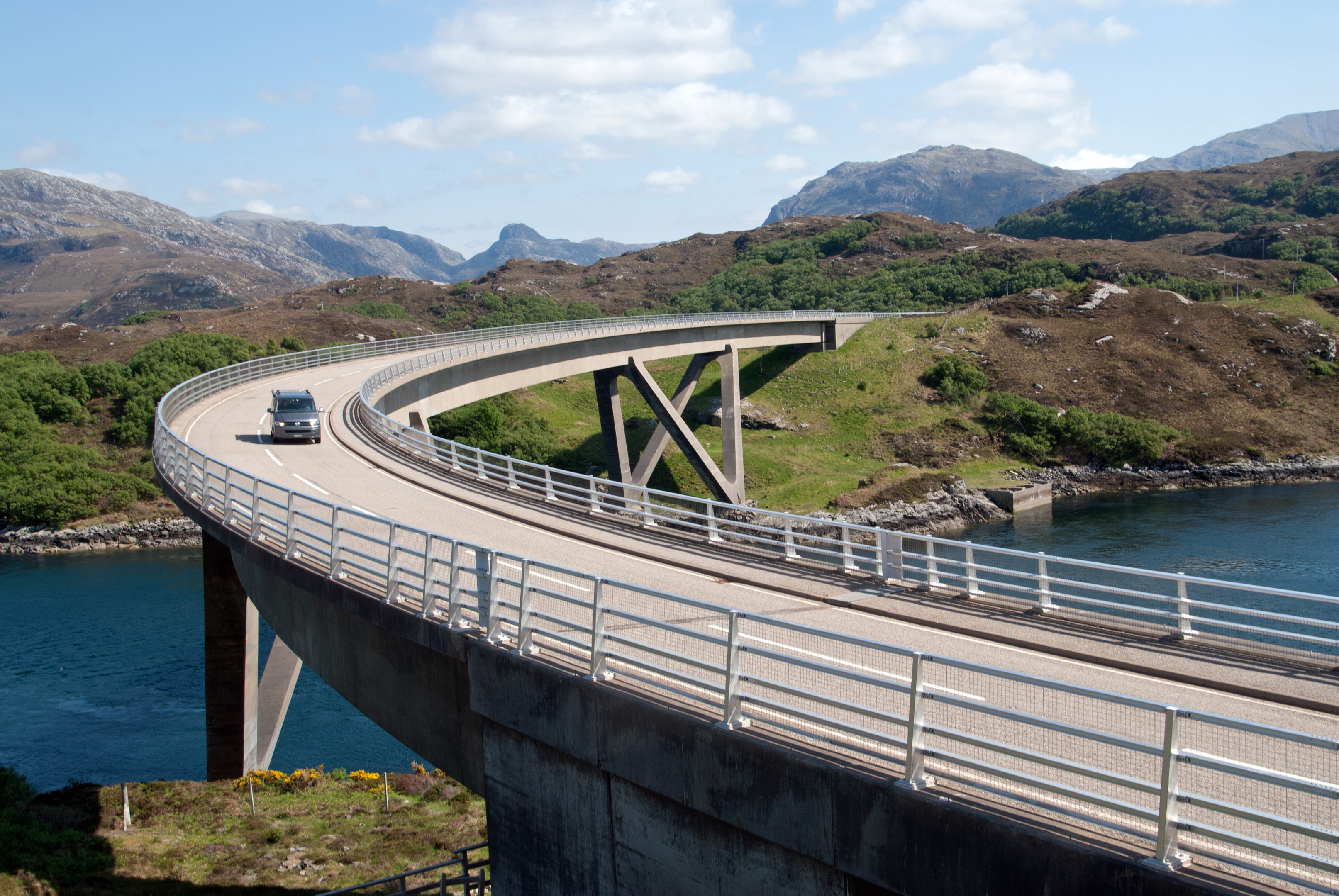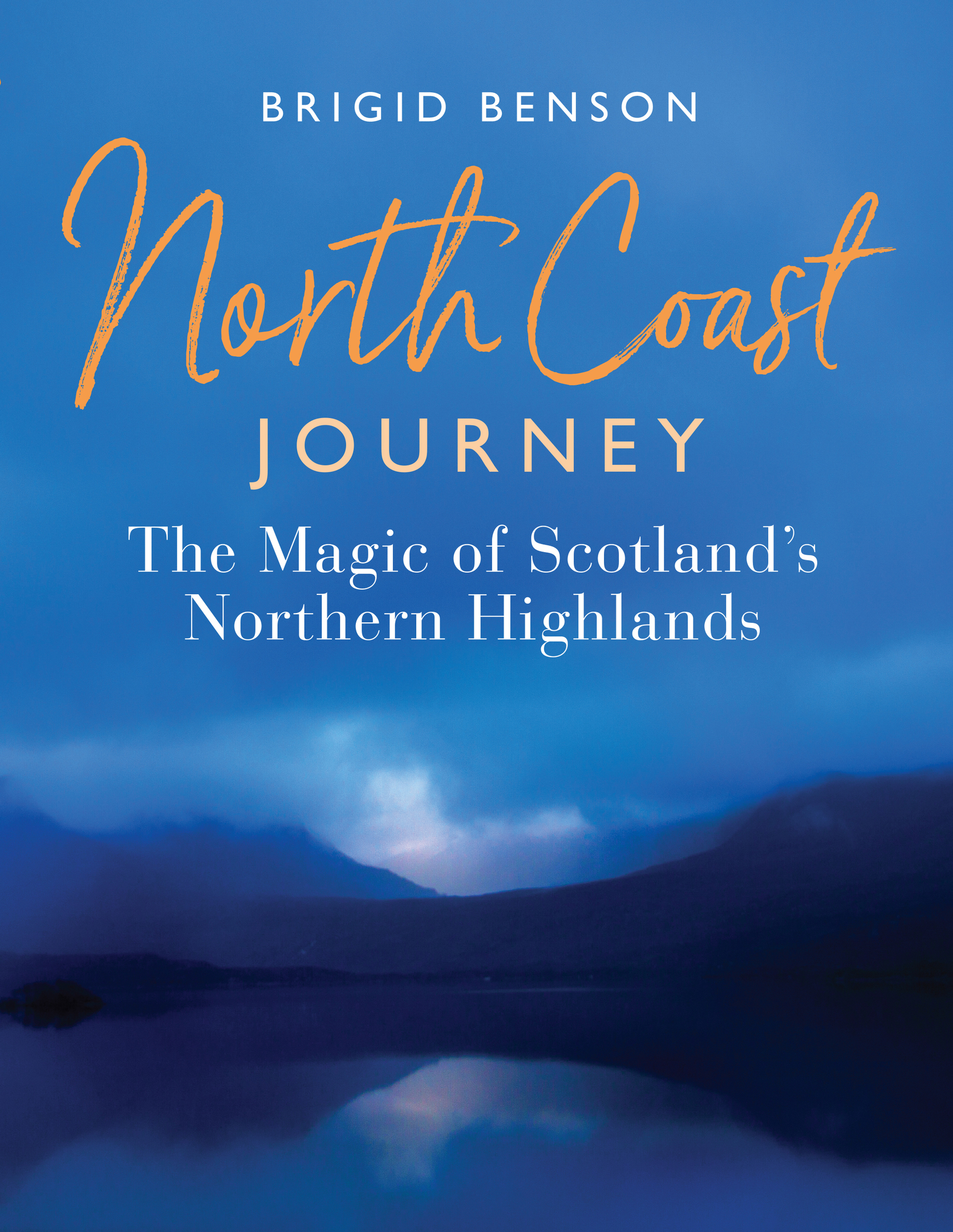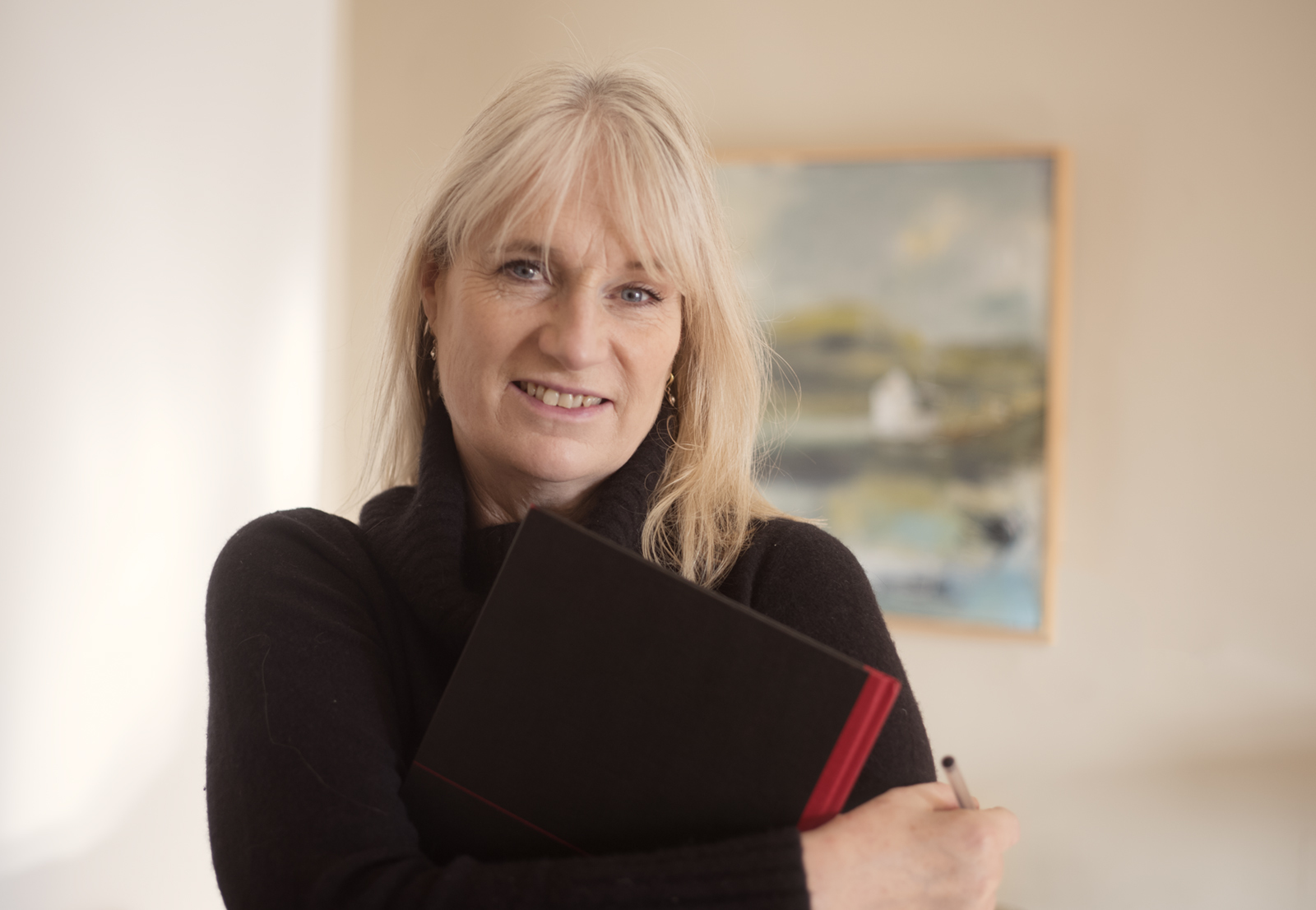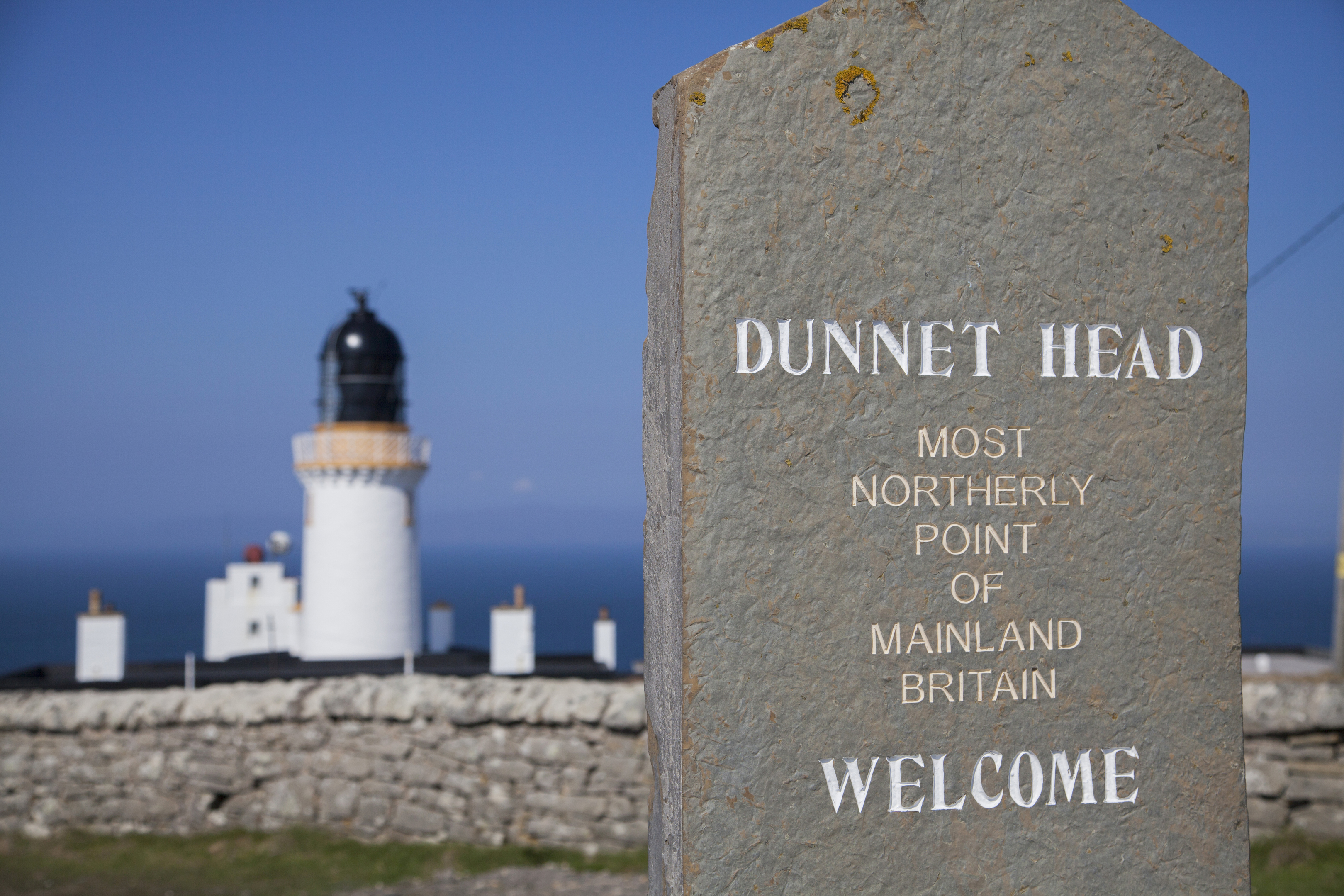
IT has been described as one of the most beautiful driving routes in the world and has brought tourists from across the globe flocking to Scotland in search of a laid-back tour of the Highlands.
But the author of a new book says visitors are having to race around the North Coast 500 at break-neck speed, completely missing the point – and the best bits – of the journey.
That is because, she says, the official guidance doesn’t allow enough time to make the trip, meaning the attraction is failing to deliver a full experience for both tourists and the local communities. Bestselling travel author Brigid Benson, who spends many months of the year in the Highlands, says there is a “disconnect between the marketing and what the real experience is”.
Top spots
Brigid recommends taking time to discover the history, observe wildlife, meet locals and where to stand in awe of amazing sights as well as the best places to picnic, swim, surf, walk and stargaze. Here are some of her favourite places along the North Coast.
The official website for NC 500 recommends a minimum of five-to-seven days to do the journey, but Brigid says that is not long enough and is causing visitors to not only miss out on many experiences along the route but become stressed and exhausted as they try to maintain the schedule.
“I see how the community wants to share what they have and engage with the tourists,” said Brigid. “The North Coast 500 has had a massive effect on the area. I was there before the branding and have seen it since.
“Everyone is very grateful and people are feeling the benefit, but they want to make it a better experience for both themselves and the visitors.
“I speak to so many travellers who are loving it but feel they are pushing too hard around it and not seeing half of it.”
Brigid has written North Coast Journey in response, egged on by locals who wanted her to paint a true picture of the area and its many routes rather than the one presented as the North Coast 500.
She has divided the journey into 10 stages and recommends a minimum of 10 days to do it.
“So many people are giving it a week – but a day of that is spent driving up and another day coming back down, so that only leaves them five days,” she continued.
“I have friends with B&Bs where residents arrive at 11pm or midnight, exhausted and almost falling through the door, and then get up at a ridiculous hour to push on with the next leg.
“I spoke to a French family the other day who had been driving for a long time. Their little boy said he saw all these fantastic beaches and wanted to fly his kite, but his parents didn’t have time to stop.
“What kind of holiday is that?
“Then I was in a café near Tongue the other day and a pale-faced driver came in. He had rented a motorhome that was too big for the roads. He was used to driving in other parts of Britain, but didn’t think about the single-track roads and hairpin bends up here.
“I’ve met so many people who say the same thing. They are not prepared for it and end up stressed.”
Brigid hates to hear the North Coast 500 being compared to Route 66 in America.
“It breaks my heart to hear that description, because Route 66 was a kitsch, jokey thing which was bypassed and they attempted to breathe life into it,” she said.
“But these roads haven’t been left behind and don’t need breath put into them – it’s already there. So to race around it in five days means you’re missing out.”
Brigid’s ancestors came from the Highlands and she has visited frequently since she was a child.
But she began spending more time in the north while struggling to finish her first book, 52 Weekends By The Sea.
“My London agent said I had to take myself somewhere I wouldn’t be disturbed to finish it,” Brigid smiled. “I booked a tiny cottage in a hamlet. There was no heating, just a peat fire, but it was perfect and I finished the book in days. For the past 10 years I’ve been going to the cottage in the winter months and have developed lots of great friendships right across the North Coast.”

North Coast Journey is full of colour and detail which could only be achieved by someone who truly knows the area. It contains information on detours to explore the landscape and is packed full of little-known facts and anecdotes about each place.
Although Brigid is willing to shout from the rooftops about the many gems on the North Coast, one thing she won’t reveal is the location of her bolthole.
“It’s in a Hamlet beyond Ullapool, but I won’t say any more than that. I don’t like to tell people, because the cottage is my sanctuary,” she said.
North Coast Journey by Brigid Benson is out in September from Birlinn.

Enjoy the convenience of having The Sunday Post delivered as a digital ePaper straight to your smartphone, tablet or computer.
Subscribe for only £5.49 a month and enjoy all the benefits of the printed paper as a digital replica.
Subscribe
